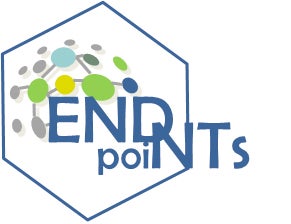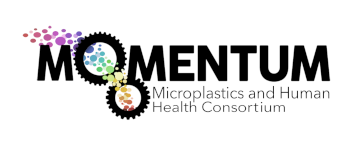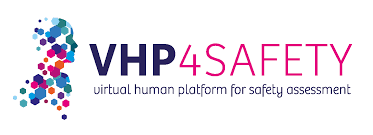Virtual Human Platform for Safety (VHP4Safety)
The mission of the Virtual Human Platform is to improve the prediction of the potential harmful effects of chemicals and pharmaceuticals based on a holistic, interdisciplinary definition of human health by developing the Virtual Human Platform and accelerating the transition from animal-based testing to innovative safety assessment.
Methods
The Virtual Human Platform will integrate data on human physiology, chemical characteristics, and perturbations of biological pathways.
Biological pathways that underly pesticide-related development of Parkinson’s disease will be delineated and used to build an Adverse Outcome Pathway (AOP) network. This AOP network will be quantified using in vitro methods and will serve as the basis for development of a novel in vitro test battery for regulatory application.
Background
Current legal and regulatory frameworks for the assessment of the safety of chemicals and pharmaceuticals for human health rely predominantly on data from in vivo animal studies. However, the accuracy of animal studies to predict toxicity in humans is limited. In addition, current animal testing regimes do not reflect human-relevant scenarios, such as differences in susceptibility due to age, sex, timing of exposure, or disease state.
VHP4Safety is a research project funded by the Dutch Research Council (NWO) programme entitled the ‘Dutch Research Agenda: Research on Routes by Consortia (NWA‐ORC).’





